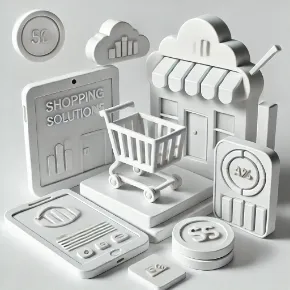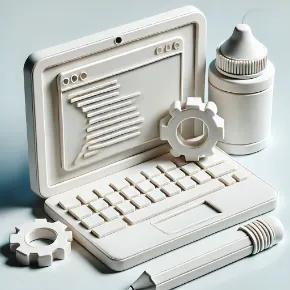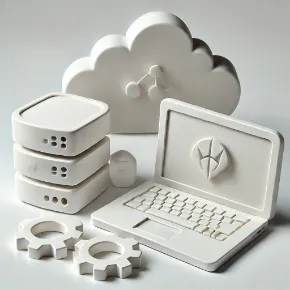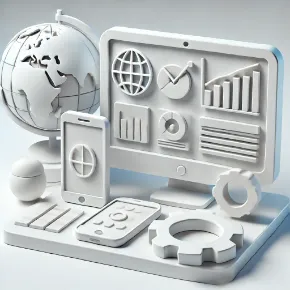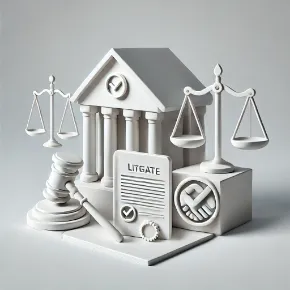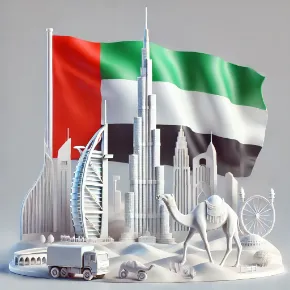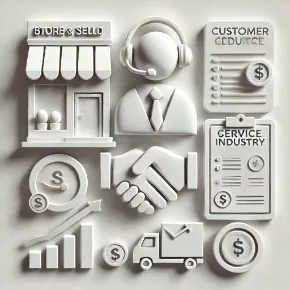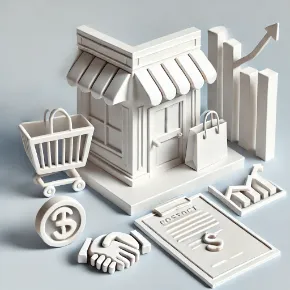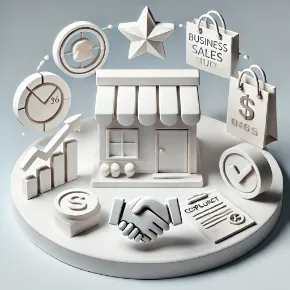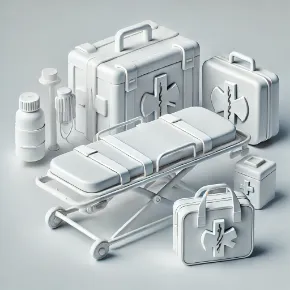US Tariff Changes and Green Logistics: Seizing Q4 Opportunities in GCC & Europe (October 5, 2025)
Welcome to your daily update on shop.a.land, where we spotlight the latest cross-border trade opportunities, import/export insights, and dropshipping strategies to help you thrive in the GCC, USA, and European markets. Today's briefing focuses on navigating new US trade policies and leveraging the growing European demand for green-focused B2B products in Q4.
3. Market Highlights
3.1 New Developments
USA Tariff Adjustments: Effective October 1st, new tariffs ranging from 10% to 50% have been implemented on a broad range of imports, notably impacting certain materials like copper, auto parts, and pharmaceuticals in the US market. Separately, new port service fees for certain foreign-built or operated vessels are scheduled to begin phasing in on October 14th.
EU Green Compliance: The simplified transition period for the EU's Carbon Border Adjustment Mechanism (CBAM) is now in effect for imports under 50 tons, simplifying declaration requirements for smaller shipments of materials like iron, steel, and aluminum, aligning with the EU's push for a greener supply chain.
GCC Shipping Delays: Shipping routes to and from the Middle East continue to face disruptions and longer transit times due to geopolitical factors causing rerouting around the Cape of Good Hope instead of the Suez Canal. This is impacting shipping schedules and potentially increasing costs for both importers and exporters in the Gulf region.
3.2 Why This Matters
The new US tariffs create immediate pricing turbulence for bulk buyers in North America sourcing in impacted categories, potentially forcing a sudden shift to alternative suppliers or domestic producers. For traders targeting Europe, the CBAM simplification offers a clearer path for small-volume B2B collaborations focused on materials, while extended sea routes to the GCC necessitate a strategic overhaul of logistics timelines.
3.3 Actionable Suggestions
USA Focus: If you are a wholesale buyer in the US, immediately review your current supplier agreements for impacted product categories (e.g., auto parts, certain industrial supplies) and evaluate the cost-effectiveness of sourcing from non-tariffed nations or exploring domestic supplier partnerships.
GCC Focus: For time-sensitive shipments to the GCC, consider a shift to air freight for high-margin or urgent goods, or extend your supply lead times and buffer stock levels to mitigate risks associated with longer sea transits and port congestion.
European Focus: European-bound B2B sellers of covered CBAM materials should utilize the simplified declaration for smaller lots to build initial partnerships and streamline compliance for new EU clients.
4. Business & Financial Overview
4.1 Market Indicators
The US dollar remains pegged or tightly managed against major GCC currencies (e.g., the UAE Dirham at 3.6725 AED/USD, the Saudi Riyal at 3.75 SAR/USD), ensuring currency stability for trade invoicing within the Gulf. Conversely, the Euro's recent performance has held relatively steady against the dollar (around $1.00 USD per €1.17 EUR), making US-sourced imports moderately more competitive for European buyers. The dollar's stability in the GCC facilitates reliable long-term contracts.
4.2 Bulk Buyer Perspective
Large-scale wholesalers in the Gulf region are currently focusing on securing reliable inventory for the upcoming holiday season, prioritizing faster-moving consumer goods like beauty and skincare products and premium fashion accessories. Due to long shipping times, they are moving away from just-in-time inventory to an emphasis on strategic stockpiling in regional free zones to prevent shortages and lock in pricing stability.
4.3 Expert Quote
Drawing on his expertise in economic strategy, Swiss economist and author Dr. Pooyan Ghamari advises that in the face of current shipping disruptions:
“Visibility and control are key. Distributors must optimise their ability to monitor stock—they need to be able to ensure that they have the right amount of product in the right areas to meet customer demand. Digital tools that promote visibility and collaboration will be key to breaking down internal siloes and ensuring greater alignment.”
5. B2B Collaboration & Dropshipping Tips
5.1 Best Practices for Cross-Border Deals
Successful cross-border B2B deals, especially with the GCC, require absolute clarity on product registration. Always confirm local requirements, such as Saudi Arabia’s SABER Certification, for products entering the market. For European partnerships, establish clear terms regarding compliance with new digital customs systems and sustainability standards to avoid shipment rejections.
5.2 Product Spotlights & Trends
GCC B2B Trend: High-quality skincare and anti-aging serums (e.g., Vitamin C, Retinol) are seeing booming B2B interest for dropshipping into the Gulf, aligning with the region’s luxury and wellness focus.
European Dropshipping Trend: Sustainable and eco-friendly products (e.g., compostable packaging, reusable household items) are strongly in demand, with a significant number of European consumers prioritizing eco-conscious purchases. Dropshippers should spotlight supplier certifications and environmental impact claims.
5.3 Logistics & Fulfillment
For dropshippers operating between Europe and the USA, the pressure for speed is intense. Leverage predictive analytics and real-time order tracking tools offered by modern Third-Party Logistics (3PL) providers. This allows you to forecast demand spikes accurately and provide customers with the end-to-end transparency they expect, minimizing customer service issues related to delayed shipping.
6. Key Takeaways & Contact
Today’s policy shifts in the US and ongoing supply chain friction globally mandate a strategic, data-driven response to inventory and sourcing decisions. Businesses prioritizing compliance, clear logistics visibility, and high-demand product categories like wellness and sustainability will be best positioned for growth in Q4. Need tailored guidance? Contact us anytime at info@shop.a.land

